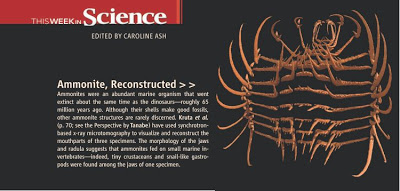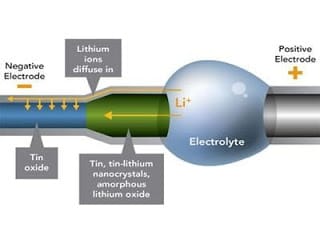I really don’t know what to make of this. Is it a load of bullshit or is it true? If it is true it is a major game-changer. It’s the kind of thing that could utterly transform the world. Go and read the article over on WUWT and the ensuing comments.
Cold fusion isn’t usual fare for WUWT, at best it’s not a focus here, at worst it’s sorry science, and we talk about that enough already. However, it never has died, and this week there’s news about it going commercial. Well, it won’t be available for a couple years or so, but the excitement comes from a device that takes 400 watts of electrical power in and produces 12,000 watts of heat out.
Most people regard cold fusion as a black eye on science. It’s credited with the advent of science by press release and its extraordinary claims were hard to reproduce. Yet, unlike the polywater fiasco of the 1970s, cold fusion has never been explained away and several experiments have been successfully reproduced. Neutrons, tritium, and other products kept some researchers working long after others had given up. Even muons (from Svensmark’s Chilling Stars) have been suggested as a catalyst. Everyone agrees that theoretical help would provide a lot of guidance, but for something that flies in the face of accepted theory, little help has come from that.







